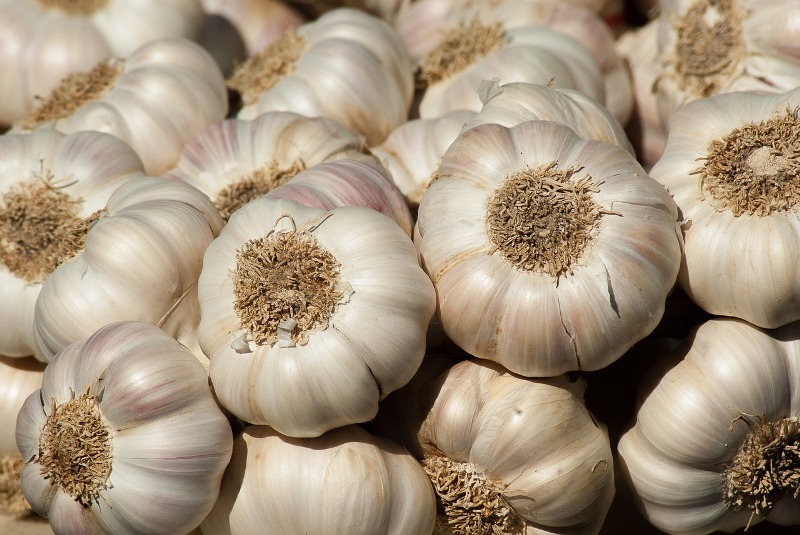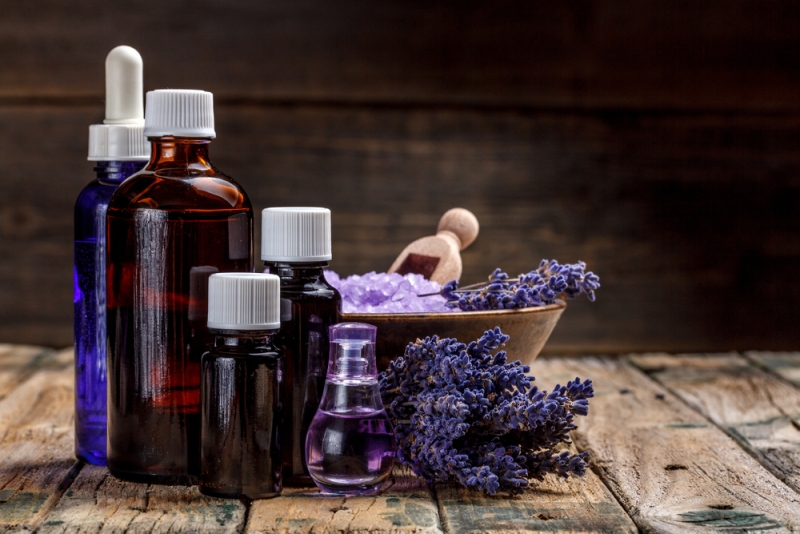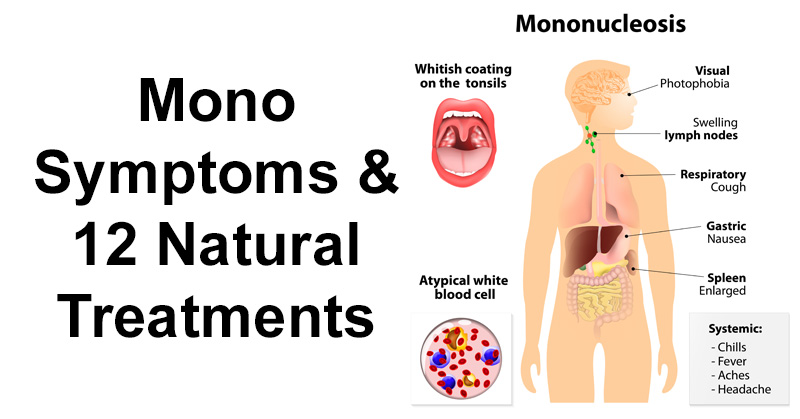Mononucleosis is a viral infection that causes extreme fatigue, body aches, fever, and other symptoms. Also known as mono, the infection is often called “the kissing disease” because it spreads through contact with bodily fluids, including saliva. The Epstein-Barr virus is what causes mononucleosis. Mono symptoms may last 2-4 weeks or longer. In some cases, fatigue and muscle pain may last for six months or longer. (1) Conventional mononucleosis treatment involves corticosteriods and over-the-counter pain medications to treat inflammation and relive pain. Natural mono treatment methods include herbs and supplements to help manage symptoms and rid the body of the infection.
Mono Symptoms
- Extreme fatigue
- Sore throat
- Fever
- Headache
- Body aches
- Swollen lymph glands in the neck and armpits
- Swollen tonsils
- Rash Swollen liver and/or spleen

Mono Treatment
1. Astragalus Root
Astragalus is a medicinal herb that can be used in mono treatment. In fact, it’s one of the most powerful immunity-boosting plants available in the world. It has been used in traditional Chinese medicine for centuries to treat many illnesses. The herb contains components that provide antiviral, antimicrobial and anti-inflammatory properties. (2) For this reason, it’s perfect for fighting off mono, as well as other illnesses, such as the common cold or flu.
2. Echinacea
Echinacea stimulates the immune system with its antiviral effects. It can be used to help alleviate pain associated with mono symptoms, such as headaches, sore throats and body aches. (3) Furthermore, this is another immune-boosting herb you can take to ward off illnesses in general. You can take echinacea in a pill or capsule form, or drink it as a soothing tea.
2. Raw Garlic
Raw garlic is a powerful antimicrobial and antiviral that is often used to treat infection. To use garlic as a mononucleosis treatment, eat one clove per day until mono symptoms disappear. If you have a hard time eating the clove as is, try chopping it up into small chunks. Let the chopped garlic sit for a while to allow optimal activation of allicin, which is what will fight the infection. Then, in groups of three or four chunks, swallow the garlic, as you would a pill, with plenty of water.

4. Olive Leaf
Olive leaf has the ability to treat viruses and infections by invading and destroying harmful organisms. It stops viruses from replicating and helps the body flush out the infection. However, this method is said to also destroy the good bacteria within your digestive tract. Therefore, if you take it for mono or another illness, be sure to take plenty of probiotics to replenish the good bacteria in your gut.
5. Licorice Root
Licorice root stimulates the immune system and works as a cough and sore throat remedy. Its powerful antiviral properties make licorice root a natural mononucleosis treatment to relieve pain and kill the infection. (4) Use it to treat mono, or for any other common illness that is accompanied by a cough or sore throat.
6. Vitamin B Complex
B vitamins play a key role in fighting fatigue, improving mood, boosting cognitive function and providing the body with energy. Take a high-quality B vitamin complex supplement or add B6 foods to your diet to combat fatigue. Vitamin V6 foods include pistachios, pinto beans, avocado, sunflower seeds and sesame seeds. (5)

7. Probiotics
Probiotics work as a natural mononucleosis treatment by healing the gut and supporting a healthy immune system. They can help reduce the risk of infection by replacing harmful bacterial with healthy bacteria. (6) You will especially want to include probiotics in your treatment plan if any other method you employ involves destroying the good bacteria in your digestive tract. You can take a probiotic in supplement form, but you can also eat foods that offer probiotics. These foods include, for example, some yogurts, miso, kimchi, sauerkraut, natto, and tempeh.
8. A Healthy Diet
Boosting your immune system is an important part of mono treatment. Fill your diet with fresh, anti-inflammatory foods to fight fatigue and beat the infection. Eat plenty of omega-3 foods and foods that contain antioxidants such as berries, leafy green vegetables, walnuts, avocado and beets. Foods rich in potassium such as sweet potatoes, acorn squash, white beans and mushrooms can help your body balance electrolytes. Foods rich in magnesium, such as pumpkin seeds, spinach, black beans and bananas, can help improve your energy levels.
9. Try Essential Oils
Certain essential oils can help relieve symptoms associated with mono, such as a headache, sore throat, body aches and fatigue. They can also offer some much-needed comfort and therapy when you’re not feeling well. For mono treatment, try:
- Oregano oil: Oregano’s oil’s antiviral effects can help stop the infection from spreading
- Thyme oil: Thyme oil has strong antioxidant and antimicrobial properties
- Eucalyptus oil: Eucalyptus can stimulate the immune system and help improve respiratory circulation
- Lavender oil: Lavender can help fight stress, fatigue and insomnia

10. Get Plenty of Sleep
Mono causes extreme fatigue. Instead of fighting it, let your body rest. You should never feel guilty about getting extra sleep when you are sick. Take naps throughout the day if needed and go to bed early. Reduce stress levels and avoid strenuous physical activity until you feel better.
11. Stay Hydrated
To help flush toxins from the body, it’s important to stay hydrated. Drink plenty of water, coconut water, and herbal tea to help heal the infection. Stay away from sports drinks, soda and processed fruit juices that can cause inflammation. The carbonation from soda may feel good on your throat, but it will only make your illness worse. If plain water isn’t your thing, try adding some cucumber slices to liven it up with flavor.
12. Avoid Contact Sports
Mono can cause the spleen to become enlarged, so it’s best to avoid contact sports until symptoms have disappeared. And, as it is, you should be resting, not moving around, when you have mono. If you’re an athlete, this is understandably difficult to accept. But it’s not a lifetime sentence! Studies suggest that athletes may resume contact sports after three weeks of illness, if all symptoms of the infection are gone. (7)


